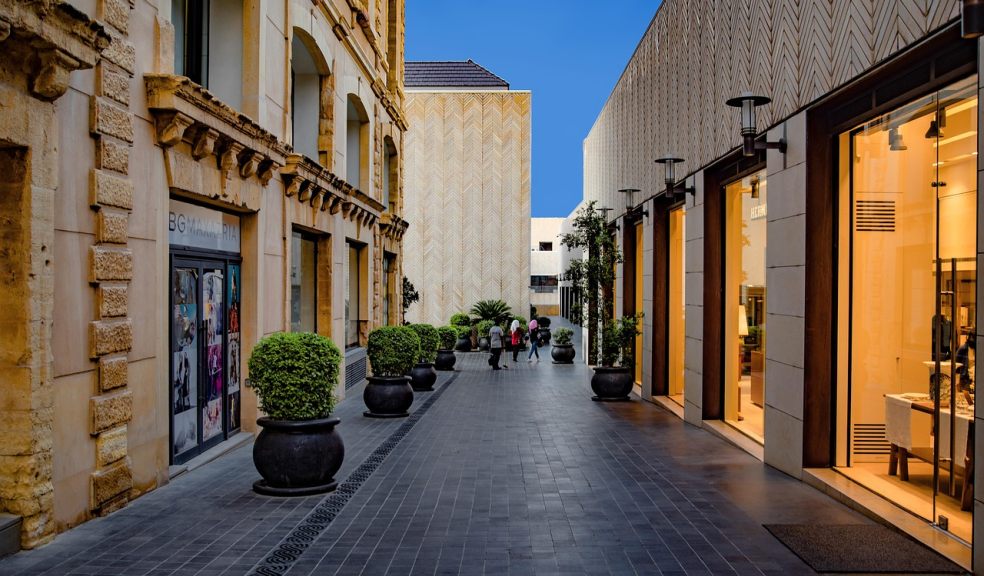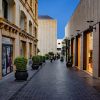
How Architecture is Shaping the Identity of Modern Towns
Architecture has always played a powerful role in how we perceive and experience the towns we live in. In the UK, where historic buildings sit side-by-side with cutting-edge design, architecture reflects our cultural heritage and actively shapes our collective future. As towns evolve to meet modern needs, the way they are built tells a story about who we are and what we value.
From regenerated high streets and sustainable housing to revitalised industrial zones, architecture is at the heart of transforming once-forgotten areas into thriving, forward-thinking communities.
The Built Environment as a Community's Signature
Walk through any UK town, and you'll notice how the design of its buildings influences the atmosphere. Elegant Georgian terraces tell one story, while modern glass structures convey another entirely. Architecture is a visual language in many ways—and increasingly, towns are using that language to craft a new identity.
Local councils and developers are recognising that good design does more than look impressive. It creates a sense of place, encourages civic pride, and even boost economic activity by making areas more attractive to businesses, residents, and visitors.
Modern Materials for a Contemporary Identity
As towns redefine their image, materials are playing a crucial role in setting a modern tone. A key example is the use of stainless steel cladding, which is becoming increasingly popular in public buildings, commercial developments, and even residential architecture.
This sleek, reflective material offers more than just aesthetic appeal. It's durable, low-maintenance, and highly resistant to the unpredictable British weather. For architects and planners, stainless steel cladding provides a contemporary look while meeting modern construction's sustainability and longevity requirements.
Towns like Sheffield, Birmingham, and Glasgow have already embraced high-quality cladding solutions to enhance key infrastructure, helping reshape perceptions and elevate their visual identity in the process.
Revitalising Old Spaces with New Ideas
Across the UK, many towns are blending old and new—preserving historic character while introducing modern design elements that speak to current and future generations. This careful balance of heritage and innovation is redefining what a "modern town" looks like.
Old factories are being converted into creative workspaces. Railway arches are now artisan markets. Dated shopping centres are reimagined as mixed-use community hubs. Architecture is no longer just about buildings; it's about shaping experiences that reflect the needs of today's diverse populations.
Using innovative materials and clever design, these projects breathe new life into spaces once seen as outdated, making them vibrant parts of the urban landscape again.
Architecture as a Reflection of Values
The buildings we construct today say a great deal about what we prioritise. Sustainability, accessibility, and efficiency are at the forefront of new developments. Green roofs, solar panels, passive house standards, and flexible multi-use spaces are becoming the norm in forward-thinking town planning.
Design now goes hand in hand with responsibility. Architecture is becoming a vessel through which towns express their values—whether that's environmental stewardship, cultural inclusion, or economic ambition.
And crucially, when these values are made visible in the town's architecture, it encourages residents to feel more engaged with their surroundings and proud of the place they call home.
A Future Defined by Design
As the UK continues to grow and change, the towns that lead the way will be those that embrace architecture not just as function or fashion, but as a powerful tool for identity.
From bold design choices to innovative materials, the future of our towns is being shaped right now—one building at a time.
Because when we build with vision, we don't just create better spaces. We create stronger, more connected communities—and towns that stand tall with a true sense of who they are.

















